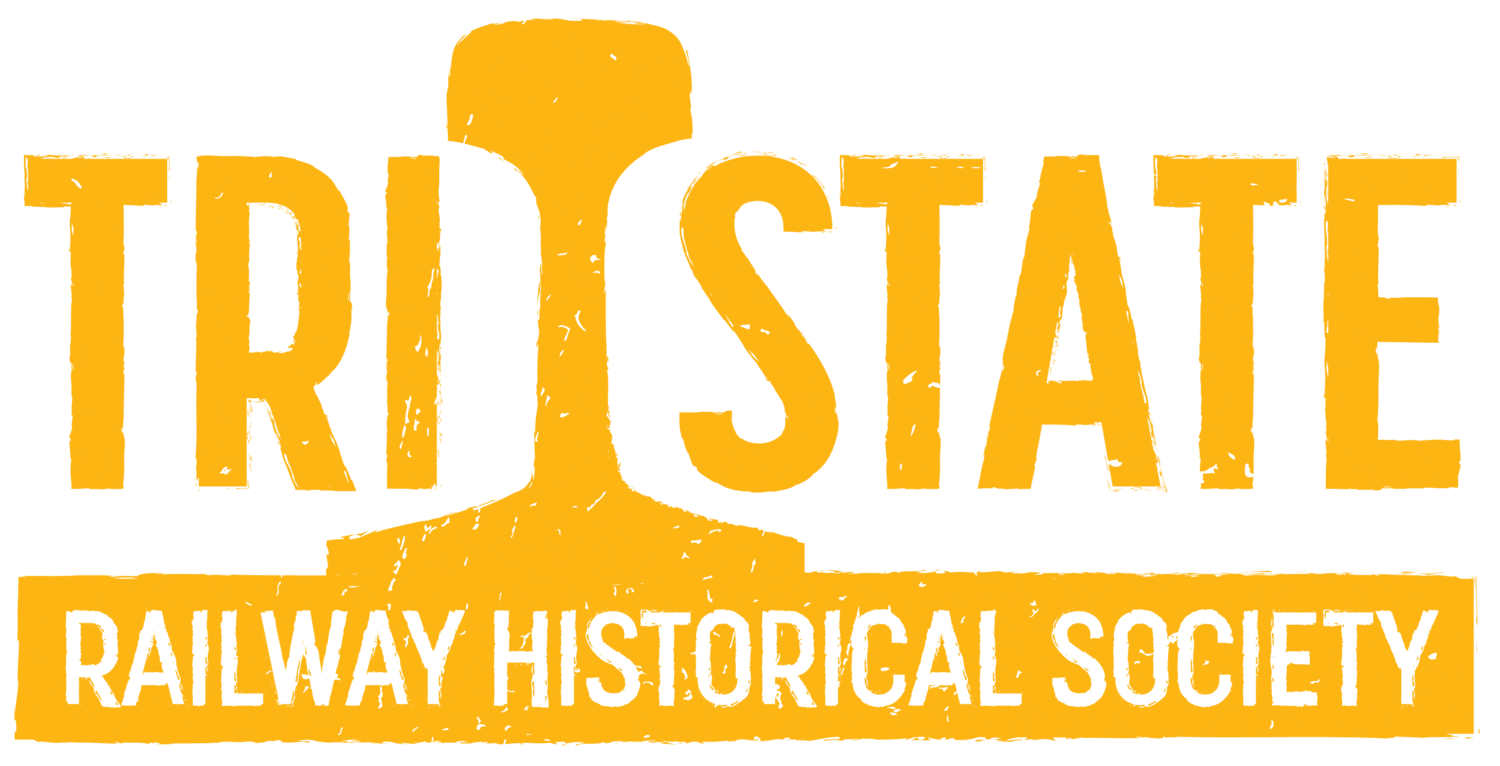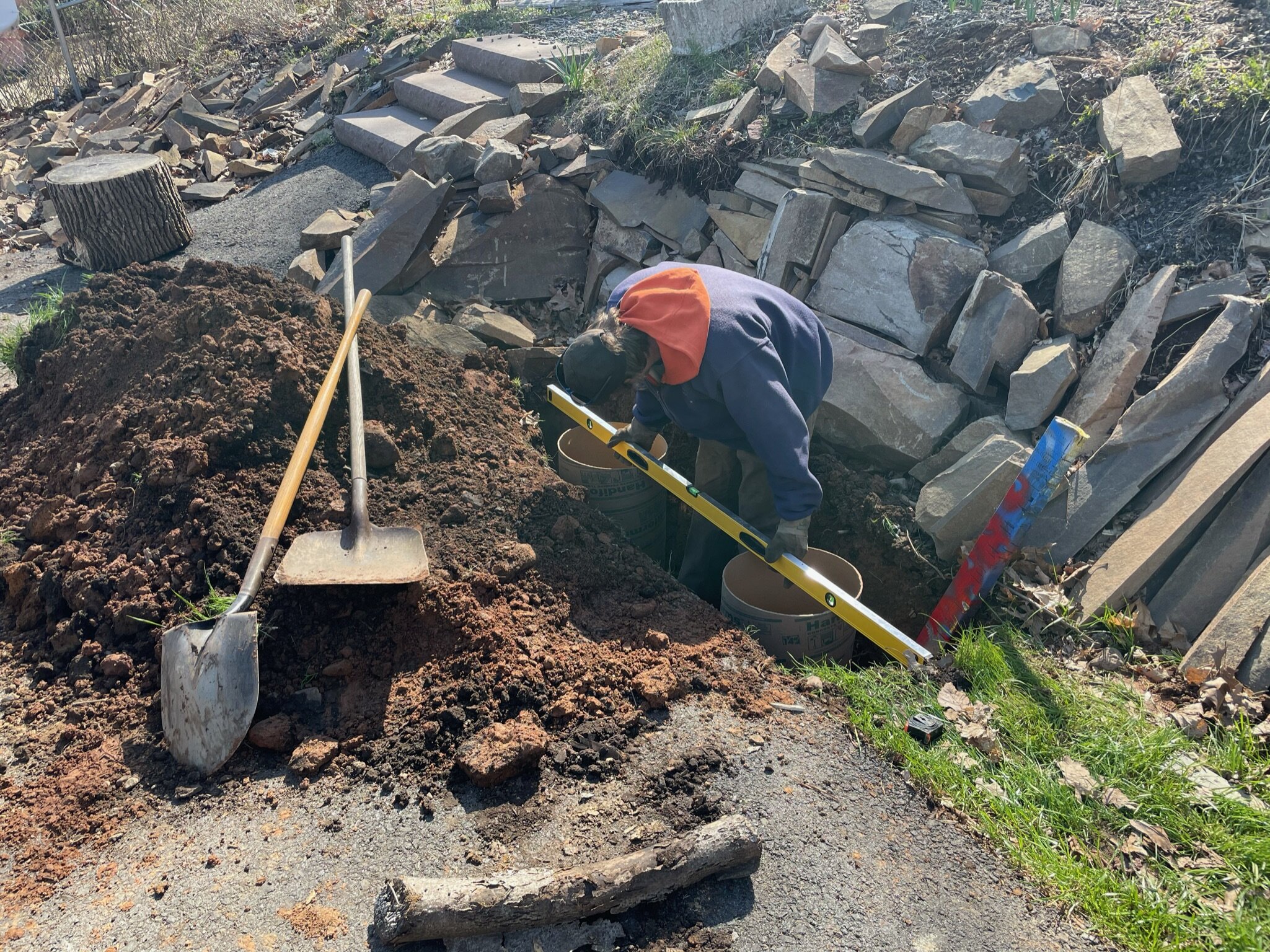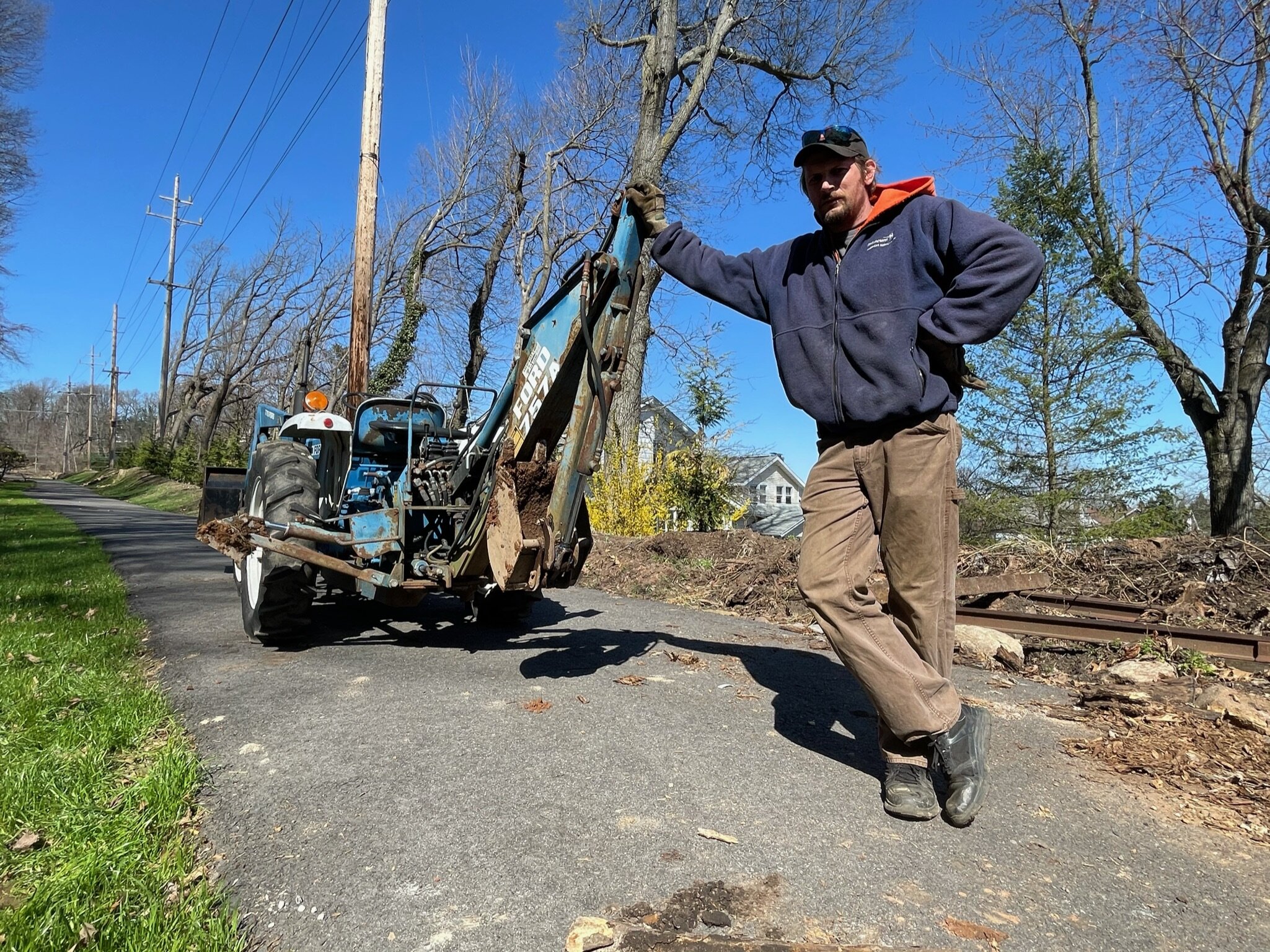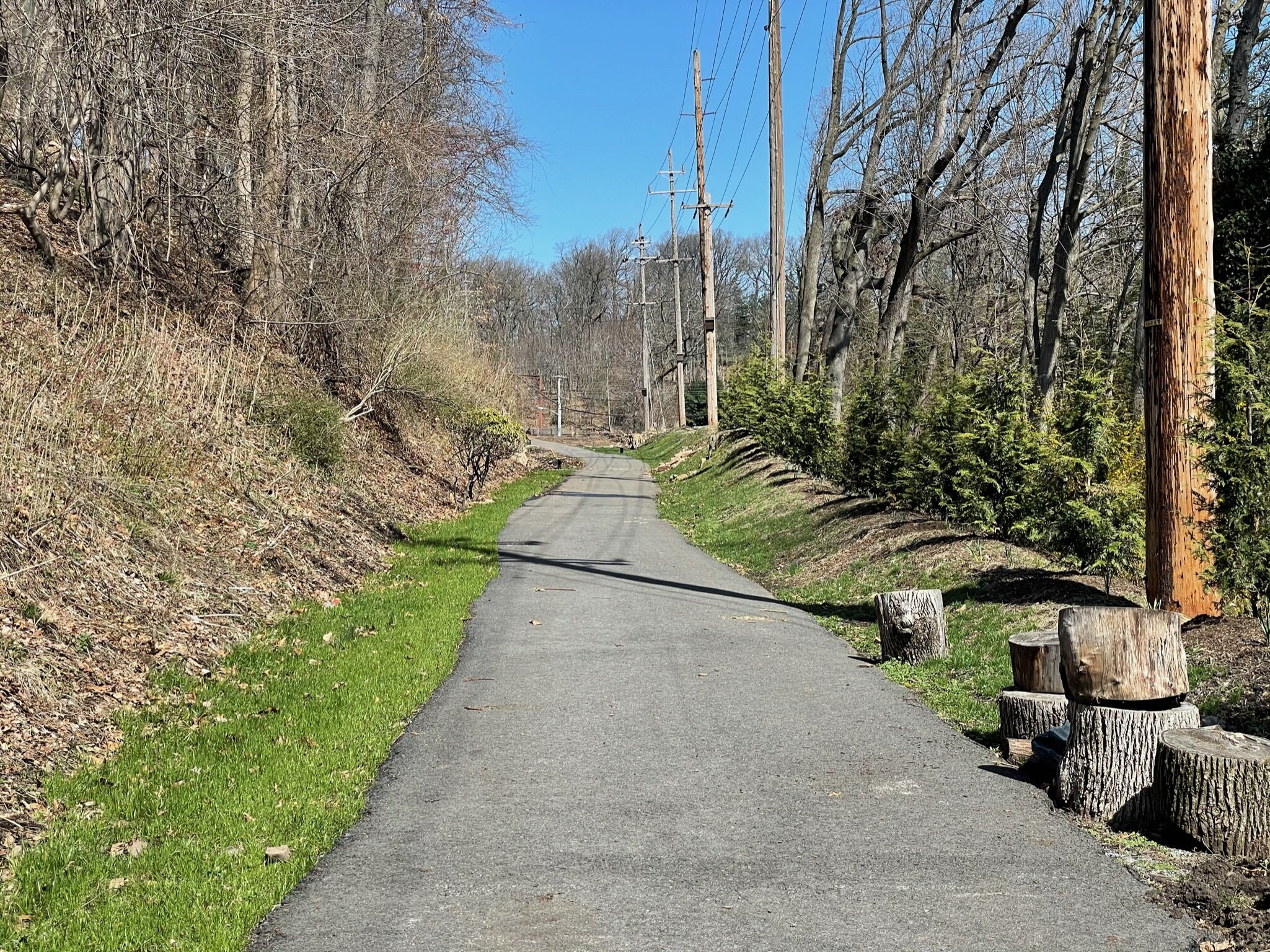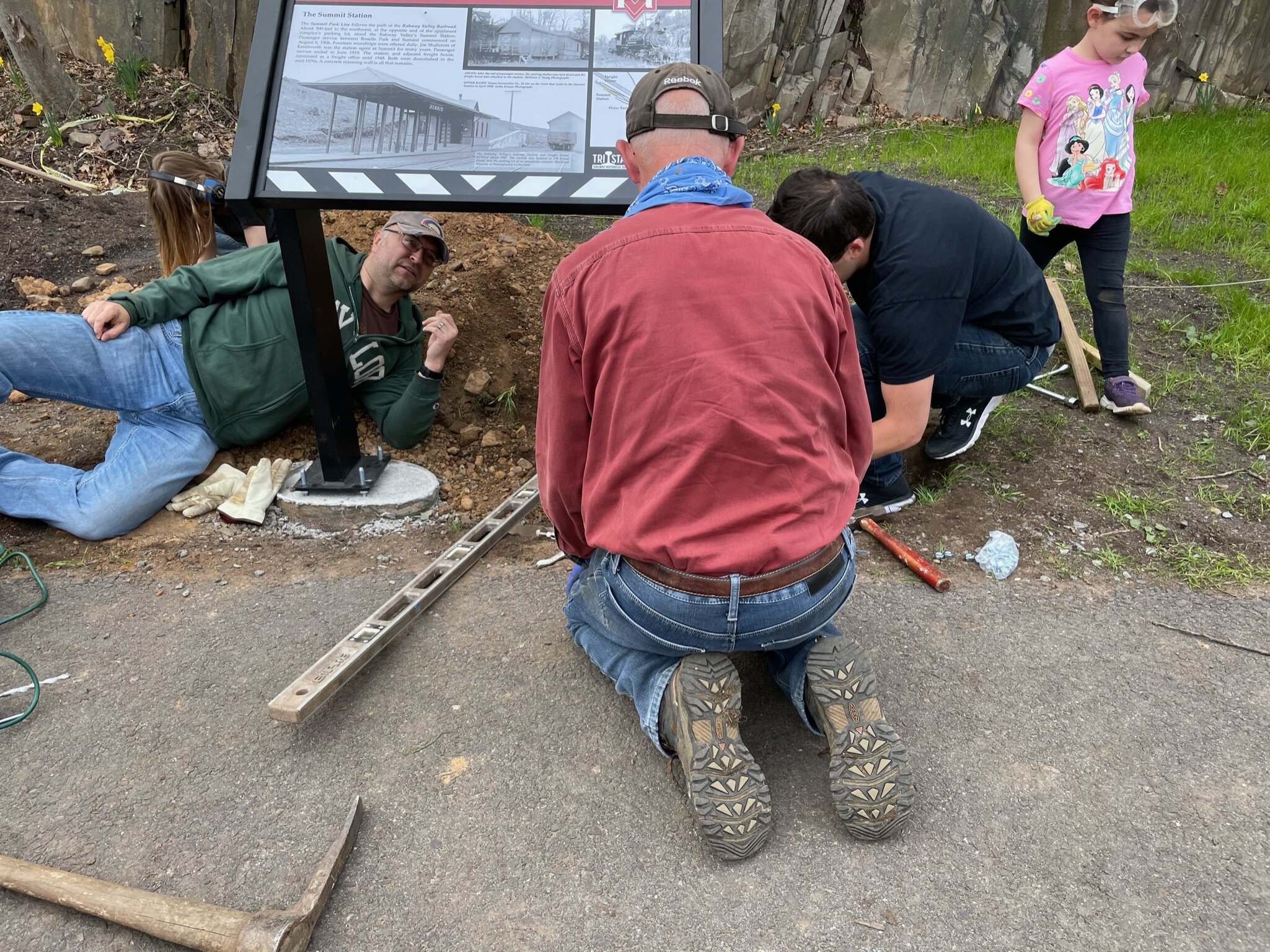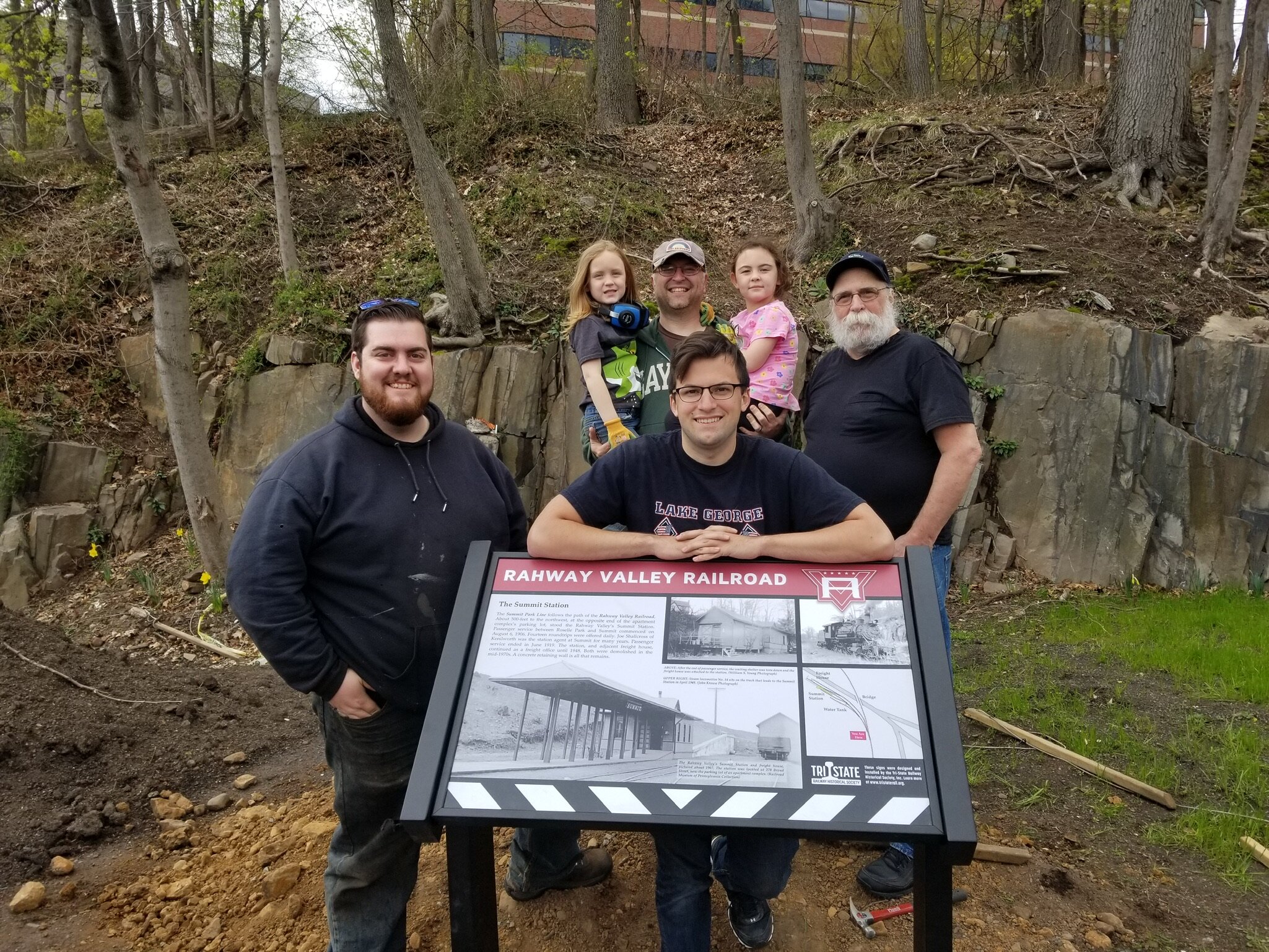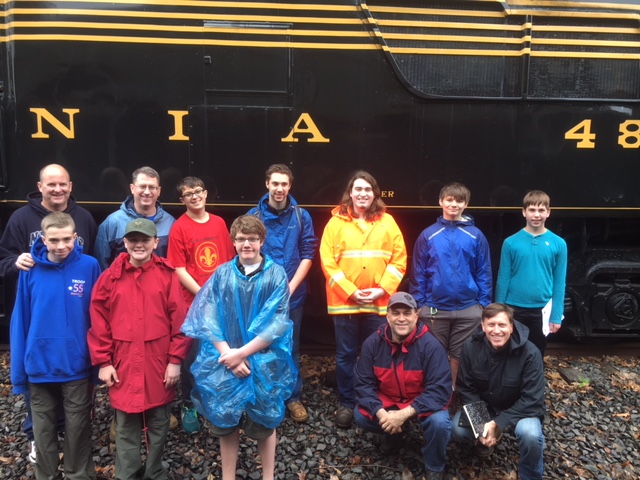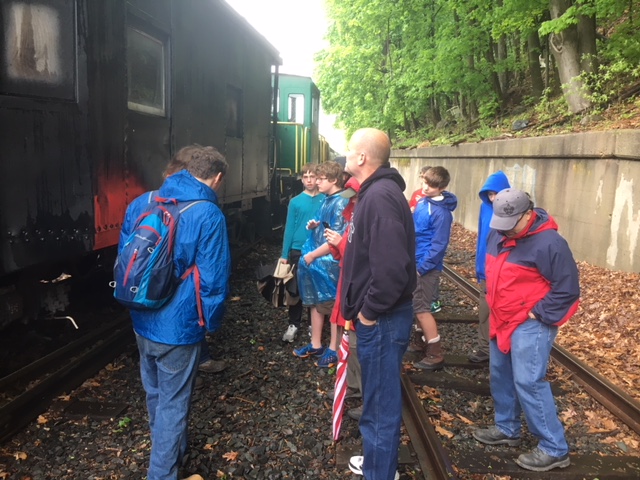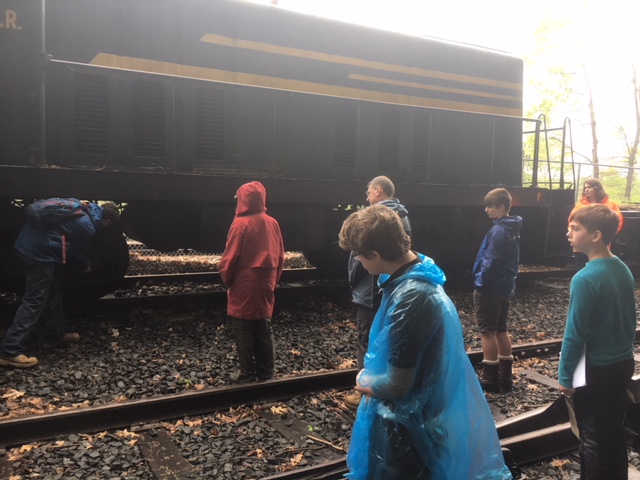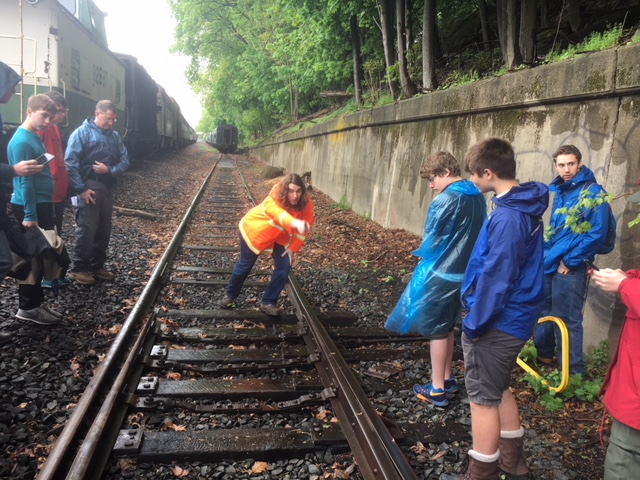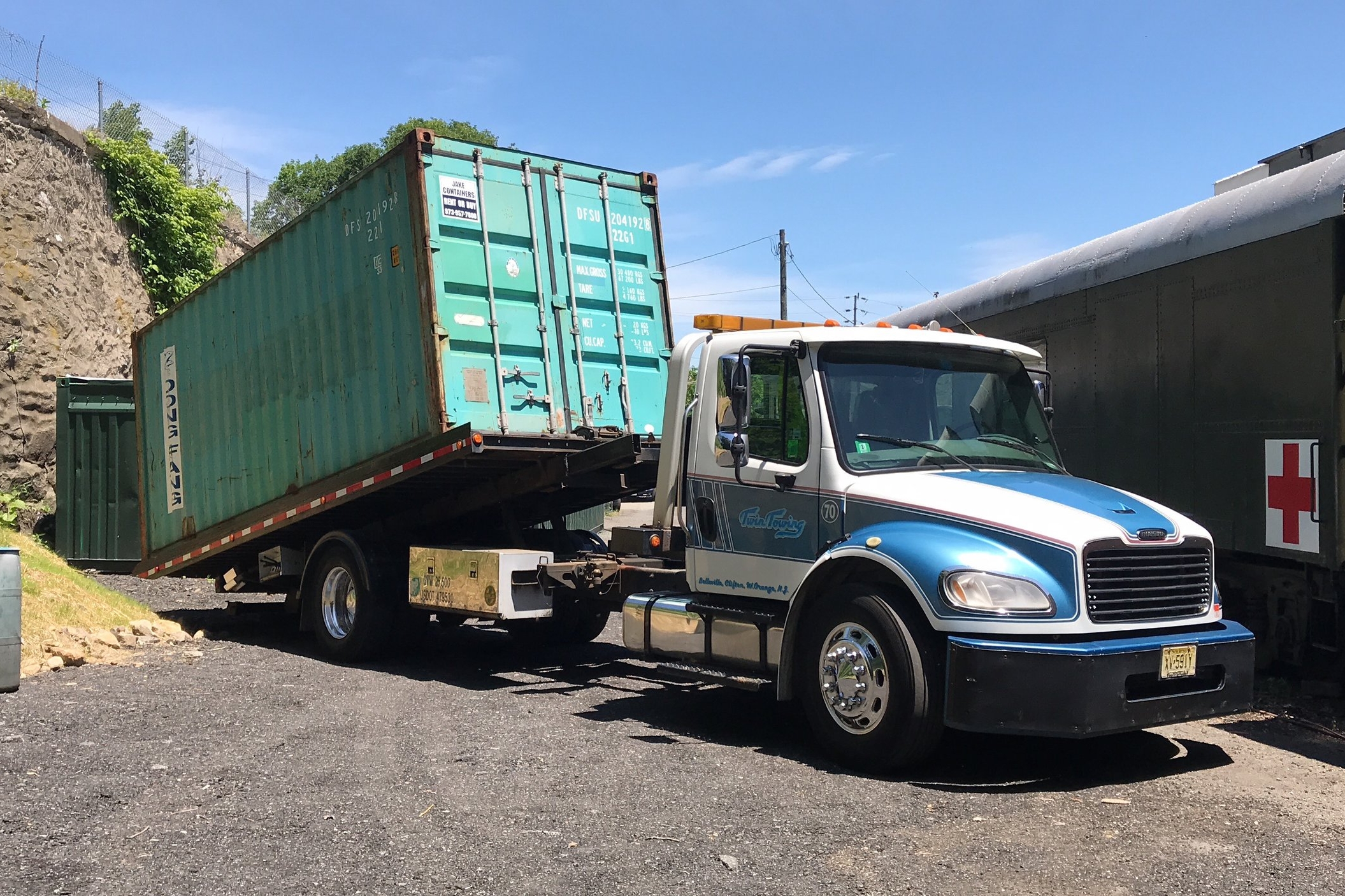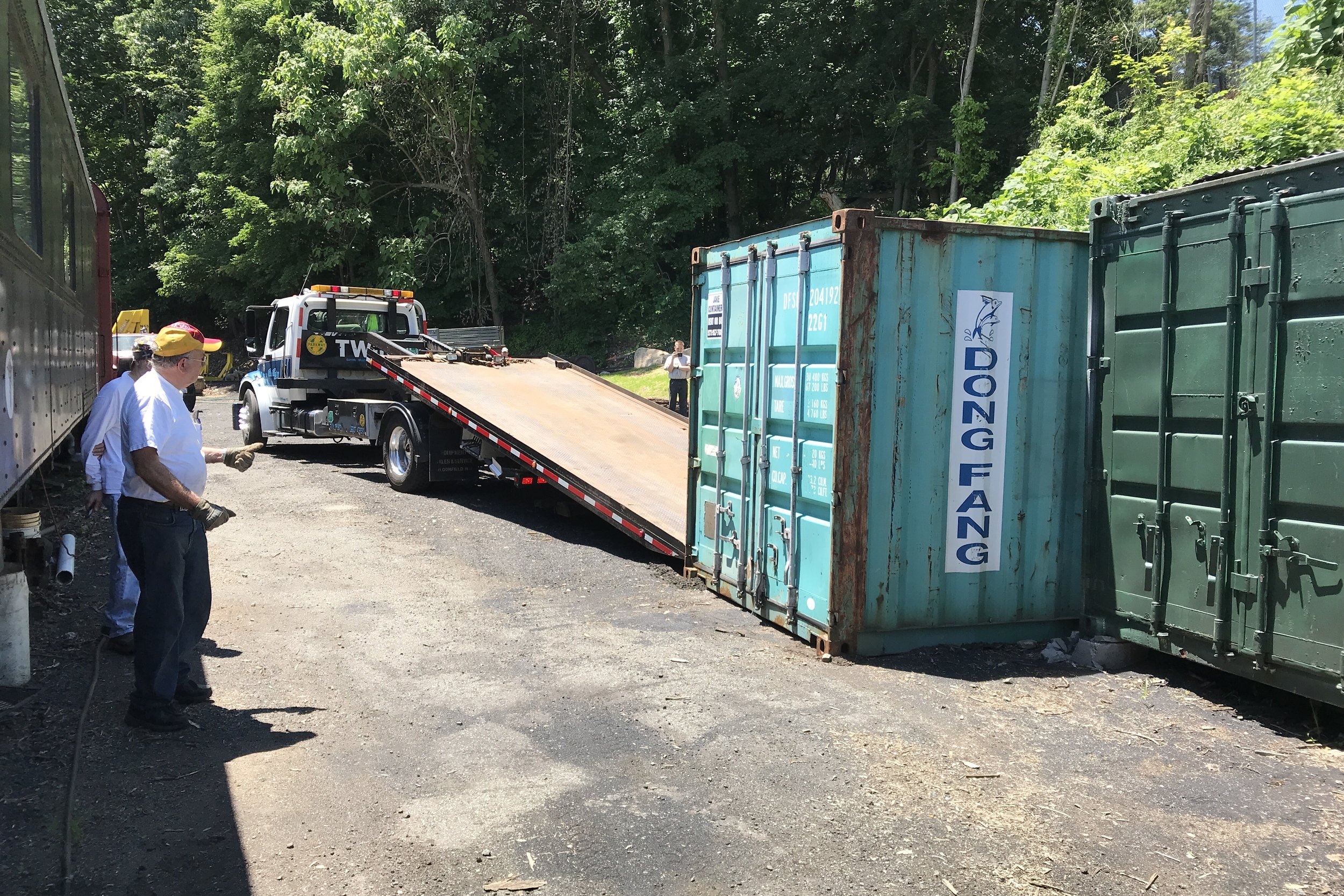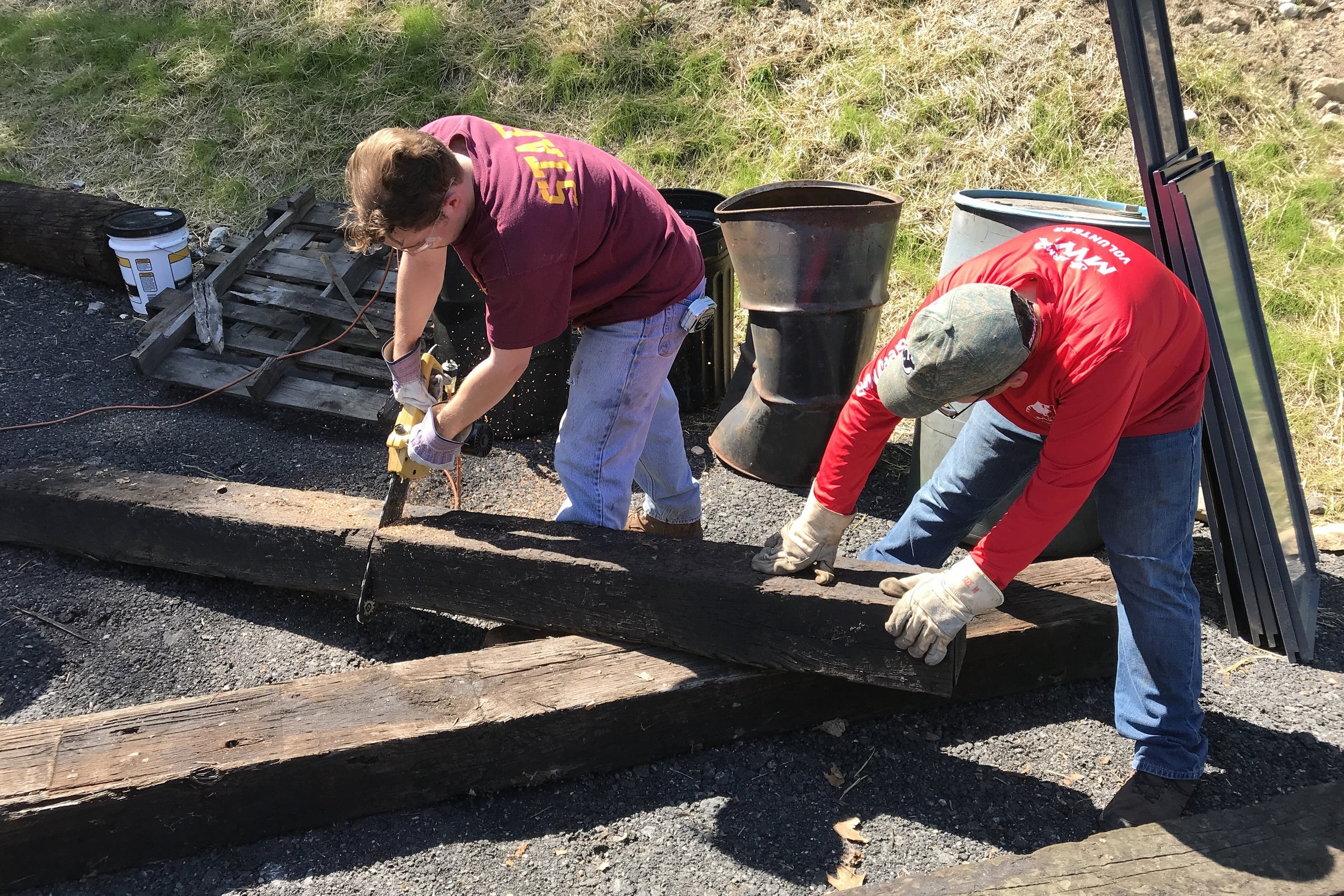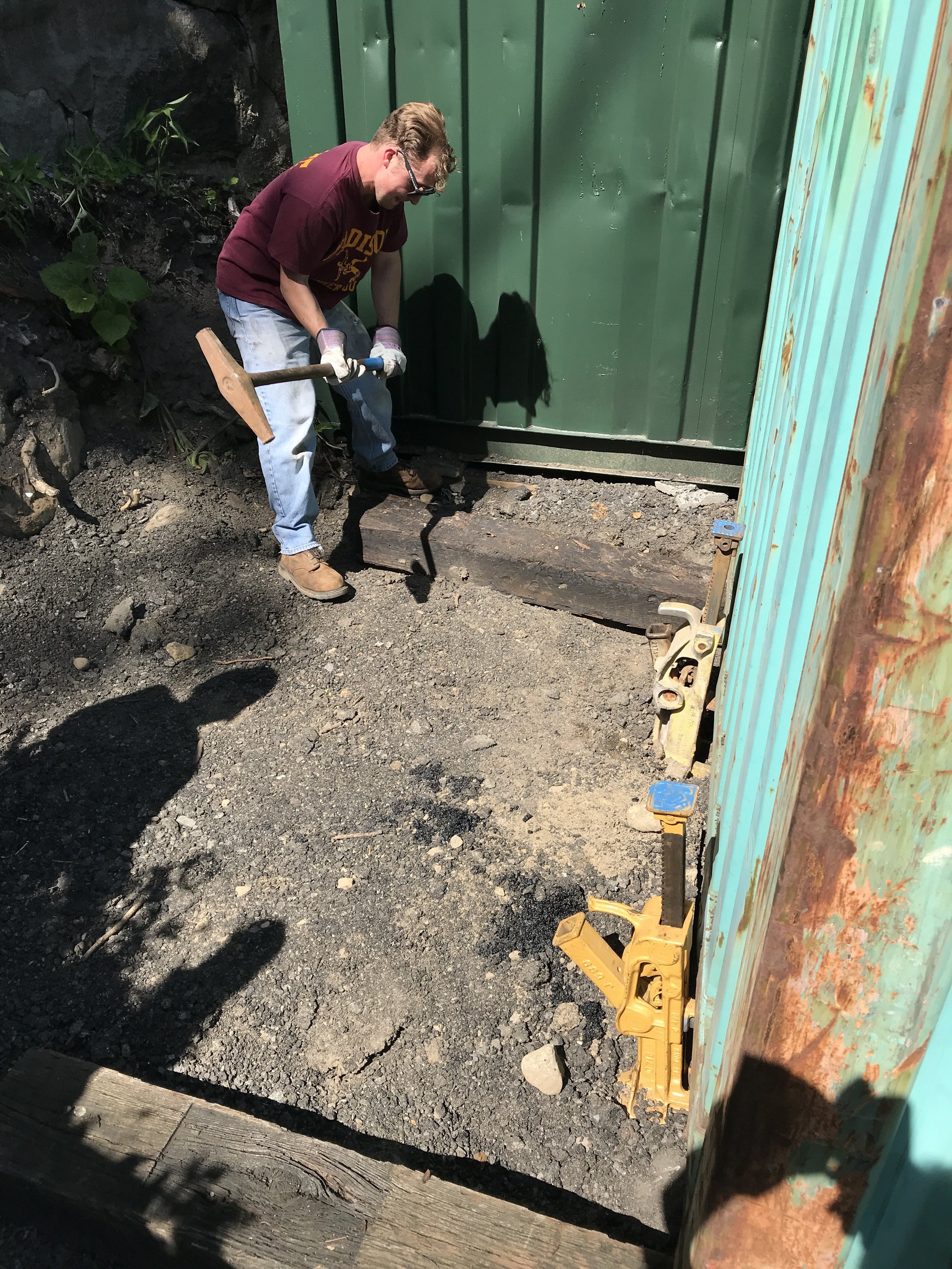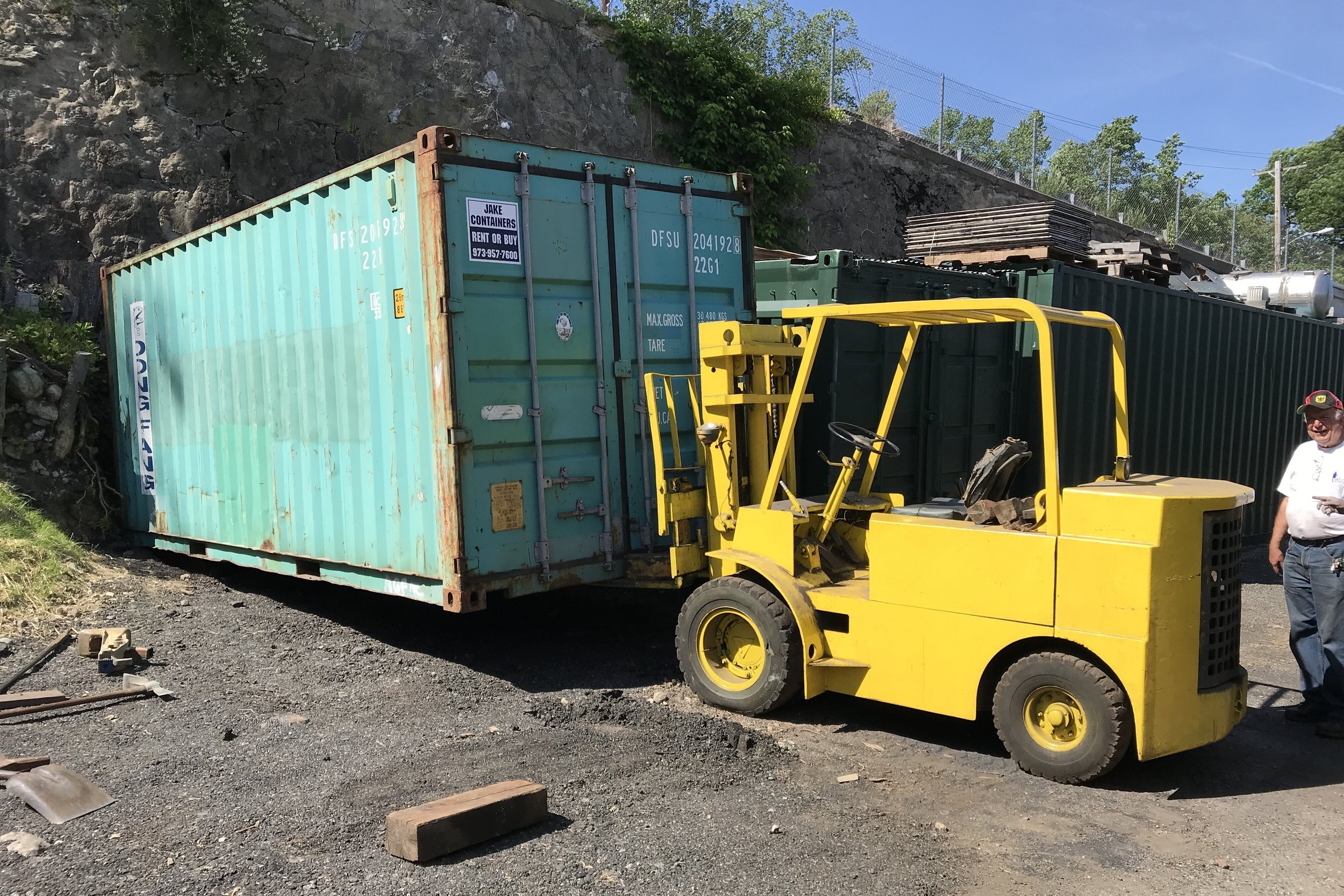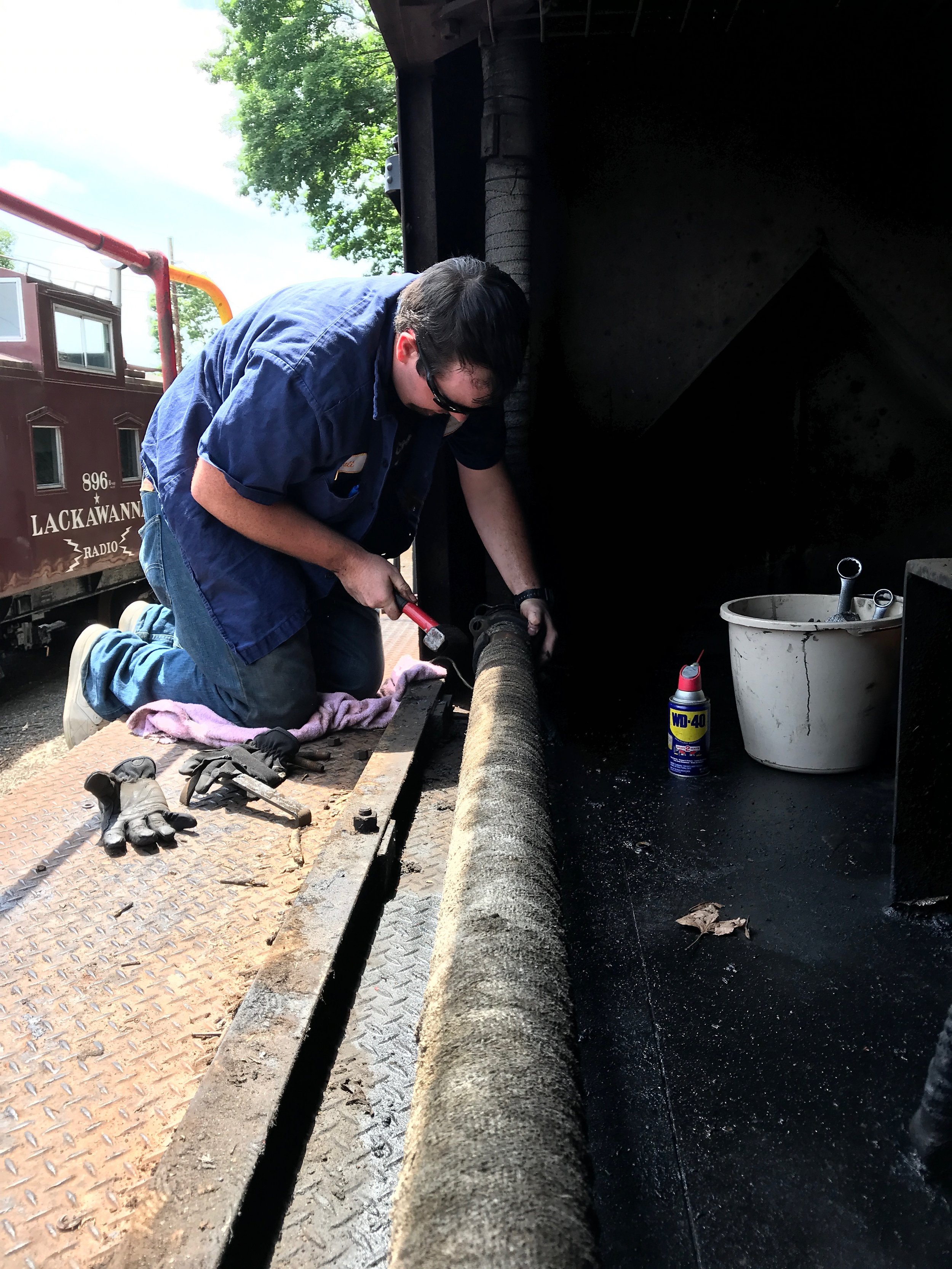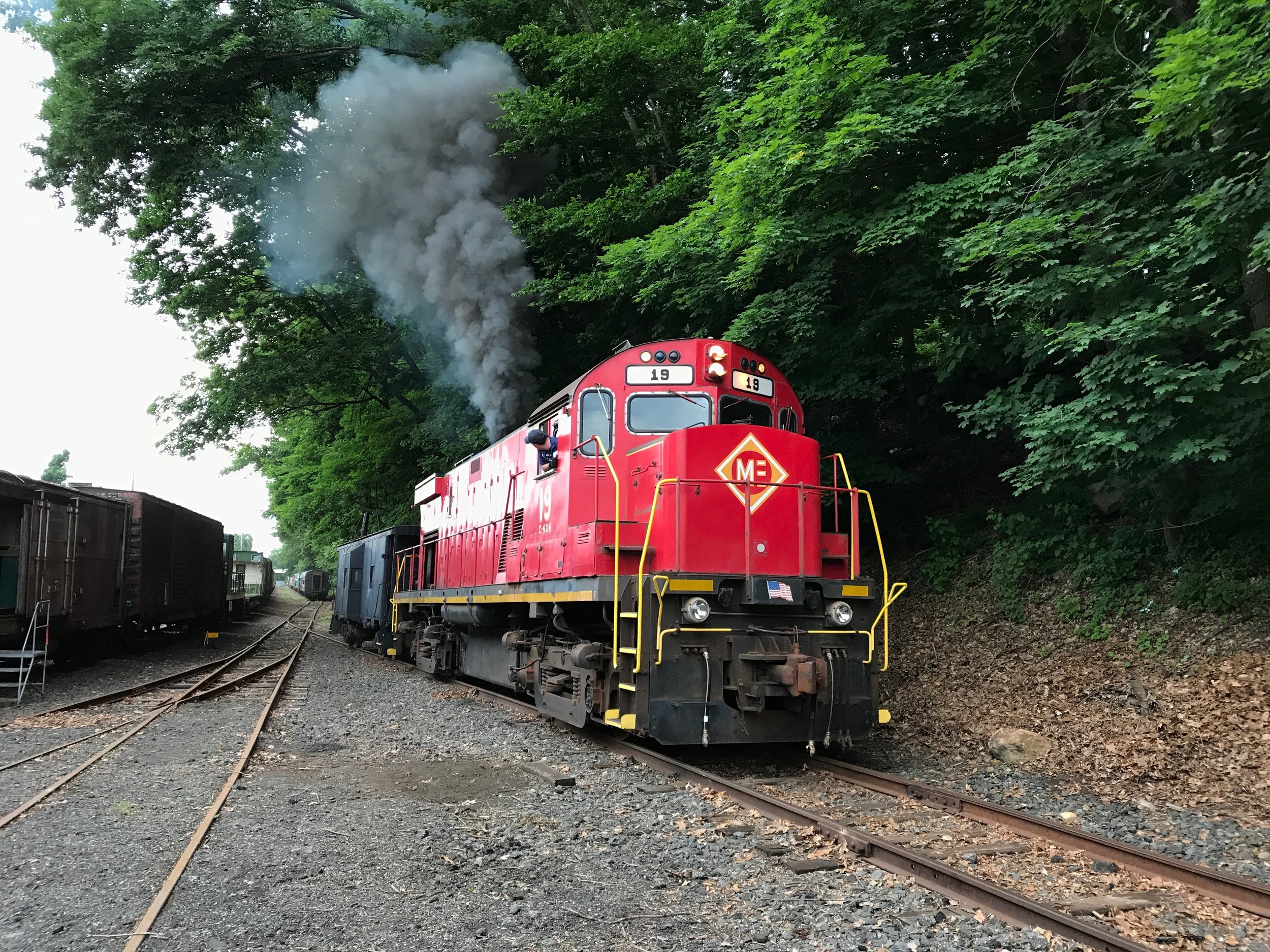Tri-State has installed interpretive signage along the former Rahway Valley Railroad, now being developed as a linear greenway between Broad Street in Summit, NJ and Briant Lake Park in Springfield, NJ.
Thus far, two signs have been developed and installed by Tri-State volunteers. One sign gives an overview of the railroad’s history and the other gives information about the Summit station. The high-pressure-laminate sign panels measure 24” x 36” and are mounted in custom fabricated, black powder coated steel National Park Service-style sign mounts. The signs were manufactured by Vacker, Inc. of Roseville, MN.
The redevelopment of the Rahway Valley as a greenway is being undertaken by the Summit Park Line Foundation. Some time ago, Tri-State reached out to the Foundation and made itself available as a historical resource. Tri-State offered to develop interpretive signage to install along the trail to chronicle the Rahway Valley’s story in its original space.
The Rahway Valley Railroad was started in 1897 as the New York & New Orange Railroad to develop the planned community of New Orange, now known as Kenilworth. Louis Keller acquired the railroad, renamed it the Rahway Valley in 1904, and extended it to Summit and Maplewood. The railroad attracted numerous industries to the area and hauled many of the materials that were used to construct local homes, businesses, schools, and roads. Over 5,000 freight cars were hauled each year during the railroad’s peak of the 1940s and 50s. The railroad last operated in 1992. Tri-State is proud to be custodians of the Rahway Valley Railroad General Electric 70-tonners, Nos. 16 and 17, and count Rahway Valley historian, Richie King, among its Board of Directors.
The initial two interpretive signs are in the Overlook Mountain cut, where the railroad extended between Broad Street and Morris Ave. in Summit, which is the current extent of the Summit Park Line. There are plans for two additional signs in this completed section of trail and more will be developed once the project is extended further. Tri-State and the Summit Park Line Foundation shared the costs of the first two signs and are looking for sponsors for additional signs. Anyone interested in sponsoring a sign should contact Richie King at richie@tristaterail.org.
Special thanks to Tri-State volunteers Lou and Christian Capawana, Jeff Jargosch, Michael, Margie, and Victoria Kaplonski, Richie King, Lloyd Leone, Kevin Phalon, and Erik Stenzel. Also, a great deal of appreciation to the Summit Park Line Foundation for allowing Tri-State this opportunity.
